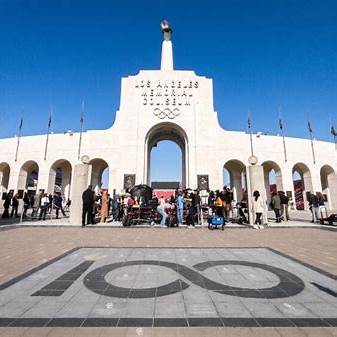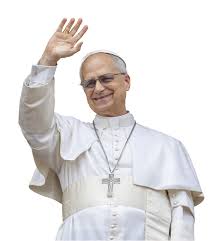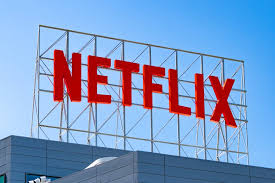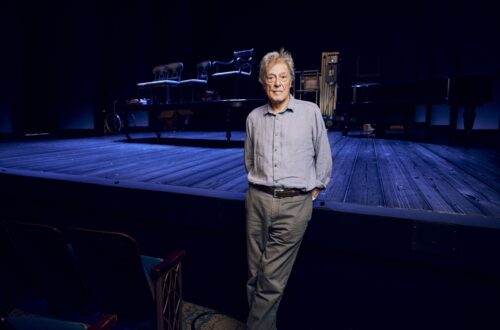The Los Angeles 2028 Olympics are setting a new precedent in the annals of international sports by allowing corporate naming rights for select venues—a significant shift from the International Olympic Committee’s longstanding tradition of keeping arenas free from commercial branding. This bold move is both a nod to American sports culture and a practical response to the financial demands of hosting a privately funded Games.
In a landmark approval, the IOC has agreed to let venues retain or adopt corporate names for the first time in Olympic history. Already, naming rights agreements are in place with founding partners: Honda will maintain its existing sponsorship of the Anaheim venue hosting volleyball, and Comcast will brand the temporary squash venue at Universal Studios as the “Comcast Squash Center.” These arrangements reflect a deliberate strategy to align revenue generation with familiar naming conventions familiar to U.S. sports fans.
Up to 19 temporary venues are now able to offer naming rights, with priority access extending to the IOC’s Olympic Partner (TOP) sponsors. Even established venues like SoFi Stadium, the Crypto.com Arena, Intuit Dome, BMO Stadium, and Peacock Theater could retain their names if their current sponsors buy into participation. However, some of Los Angeles’s most revered sites, including the L.A. Coliseum, Rose Bowl, and Dodger Stadium, are exempt from the new naming arrangements.
LA28 leadership, led by chair Casey Wasserman, emphasizes that these agreements are essential given the private funding model of the $6.9 billion Games—a contrast to the usually taxpayer-supported Olympic budgets seen globally. He noted that naming rights are deeply woven into the American sports lexicon—people recognize landmarks by brand names, not by generic descriptions. Revenue generated through these strategic partnerships is expected to bolster the budget well beyond traditional sponsorship income.
The naming rights approach aligns with other adaptations that characterize the LA28 Games. Flag football’s inclusion, scheduling shifts for marquee sports like swimming and athletics, and the dual-venue set-up for opening ceremonies across both the Coliseum and SoFi Stadium reflect a Games designed with innovation at its core.
This new commercial model represents a potential turning point for the Olympics, testing whether blending commercial naming conventions with global event staging can strike a balance between fiscal responsibility and preserving the spirit of athletic traditions. Field-of-play signage will remain clean, protecting the integrity of competition even as the surrounding structures become branded hubs.
As the Games draw closer, the Los Angeles model will serve as a case study for future hosts navigating the complexities of cost, commercial opportunity, and cultural impact. The success—or challenges—of this initiative could shape sponsorship policy for decades to come.




